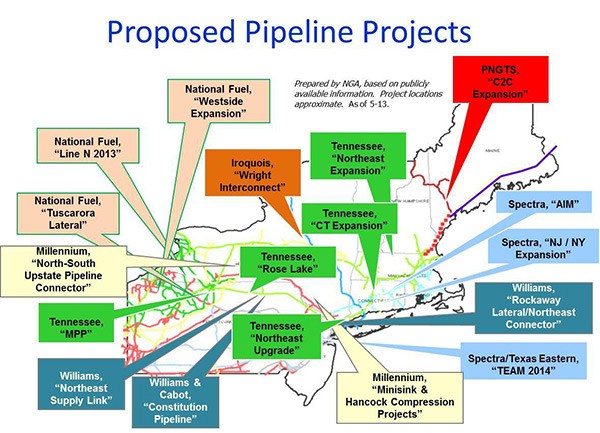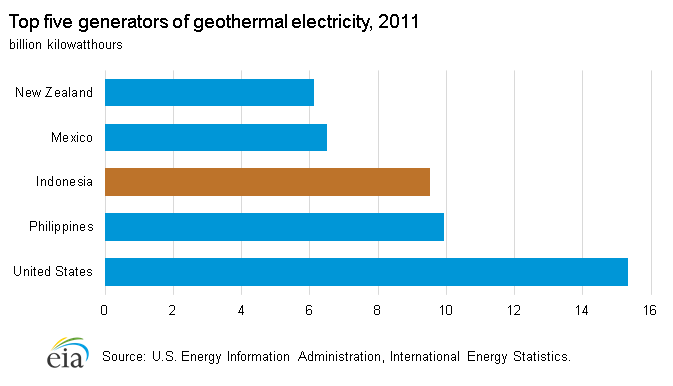How to Invest in New Natural Gas Regulations
Post on: 4 Июнь, 2015 No Comment

Buy This Unique Gas-Harvesting Technology
Comments ( )
Friday, January 16th, 2015
On Wednesday, the Obama administration released a new wave of regulations on methane emissions from the oil and gas sector.
Of all the many reactions to this new set of laws (which I’ll explain in a moment), my favorite comes from Thomas Pyle of the American Energy Alliance.
Energy producers are already reducing methane emissions because methane is a valuable commodity. It would be like issuing regulations forcing ice cream makers to spill less ice cream.
And hey, he definitely has a point. Drillers, pipeline operators, and other fossil fuel companies that experience methane leaks prioritize the capture of the stuff. If they didn’t, they would lose quite a bit of money.
But and this is according to environmentalists and the EPA the oil and gas industry is too slow at policing its release of methane, so the government should step in.
All climate change arguments aside, if you want something to get done faster, you usually don’t involve government bureaucracy.
But what do I know?
Here’s a look at some of the new stipulations and how they could affect your portfolio.
Making Promises You Won’t Be Around to Keep
When drilling (or fracking) for oil and gas, there is always excess methane that builds up. In most cases, companies will capture this methane and sell it to make a profit.
However, during the shale boom, especially in North Dakota’s Bakken and Texas’ Eagle Ford, companies drilled so much, so fast that capturing all of the methane that built up became impossible. Instead of waiting to sell it to make more room for storage, most drillers burnt it off.
But the methane that’s flared off, as shown above, is a very potent greenhouse gas that contributes to pollution and, according to some, is more harmful than carbon dioxide. So naturally, the new regulations are meant to slow down this practice.
And even though I commend the president for wanting to accomplish something he considers important, it seems a little irresponsible to make pledges and executive actions that won’t have any tangible effects until he’s out of office.
Think about it.
President Obama’s recent pledge with Chinese President Xi Jinping to cut greenhouse gas emissions by 28% doesn’t have to be met until 2025 nine years after his presidency is over .
The 2009 agreement with the United Nations for the U.S. to cut emissions by 17% won’t need to be met until 2020.
And Tuesday’s announcement to reduce methane emissions from oil and gas production by 45% before 2025 is another long-term goal he won’t see realized while he’s in office.
Beyond not having to worry too much about if the goals are met, the president’s new plan offers no concrete details on how the rules can be accomplished or how much the new rules will cost the industry.
These important facts won’t be released until this summer, and they won’t be finalized until 2016 the last year of Obama’s final term.
What we do know is that the rules will focus on new oil and gas wells, pipelines, and other industry services that leak methane. Rules on existing facilities haven’t come out yet. but don’t be surprised if they do.
Now, since you and I are powerless to stop any of this from happening, the next best thing we can do is find a way to make these rules work in our favor.
The Best Free Investment You’ll Ever Make
Our analysts have traveled the world over, dedicated to finding the best and most profitable investments in the global energy markets. All you have to do to join our Energy and Capital investment community is sign up for the newsletter below.
Enter your email:
You’ll also get our free report, 2015 Alternative Energy Stock Predictions by our resident expert Jeff Siegel.
Government-Sanctioned Profits
Dan Utech, a climate and energy advisor to the President, had this to say about the new rules:

There are significant, highly cost-effective opportunities for reducing methane emissions from this sector.
As energy investors, it’s imperative that we realize these rules can work for us. Despite the fact that natural gas has been a low-return investment for the last few years and that oil is trading at five-year lows, there is still money to be made.
This new wave of EPA regulations offers plenty.
For one, there will need to be companies that can offer services to rein in methane leaks and flaring.
Two, these companies will need to use innovative, cost-efficient techniques that drillers can rely on to be as profitable as they can be, especially with the market as oversupplied as it is.
And three, many of these companies will likely have experience in natural gas operations, whether that be drilling and production, midstream, or marketing and technology.
Because of this, we could see a situation where the new rules help lift natural gas stocks. The best companies are going to be those that have the expertise to capture and sell leaked gas.
It only makes sense the more ice cream you waste, the less money you make. The same goes for drillers who leak methane. the more that’s leaked, the less that’s earned.
Thus there will be a larger incentive to sell the gas instead of flare it into the atmosphere.
Until next time,
Keith Kohl
A true insider in the energy markets, Keith is one of few financial reporters to have visited the Alberta oil sands. His research has helped thousands of investors capitalize from the rapidly changing face of energy. Keith connects with hundreds of thousands of readers as the Managing Editor of Energy & Capital as well as Investment Director of Angel Publishing’s Energy Investor. For years, Keith has been providing in-depth coverage of the Bakken, the Haynesville Shale, and the Marcellus natural gas formations all ahead of the mainstream media. For more on Keith, go to his editor’s page .














